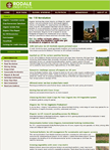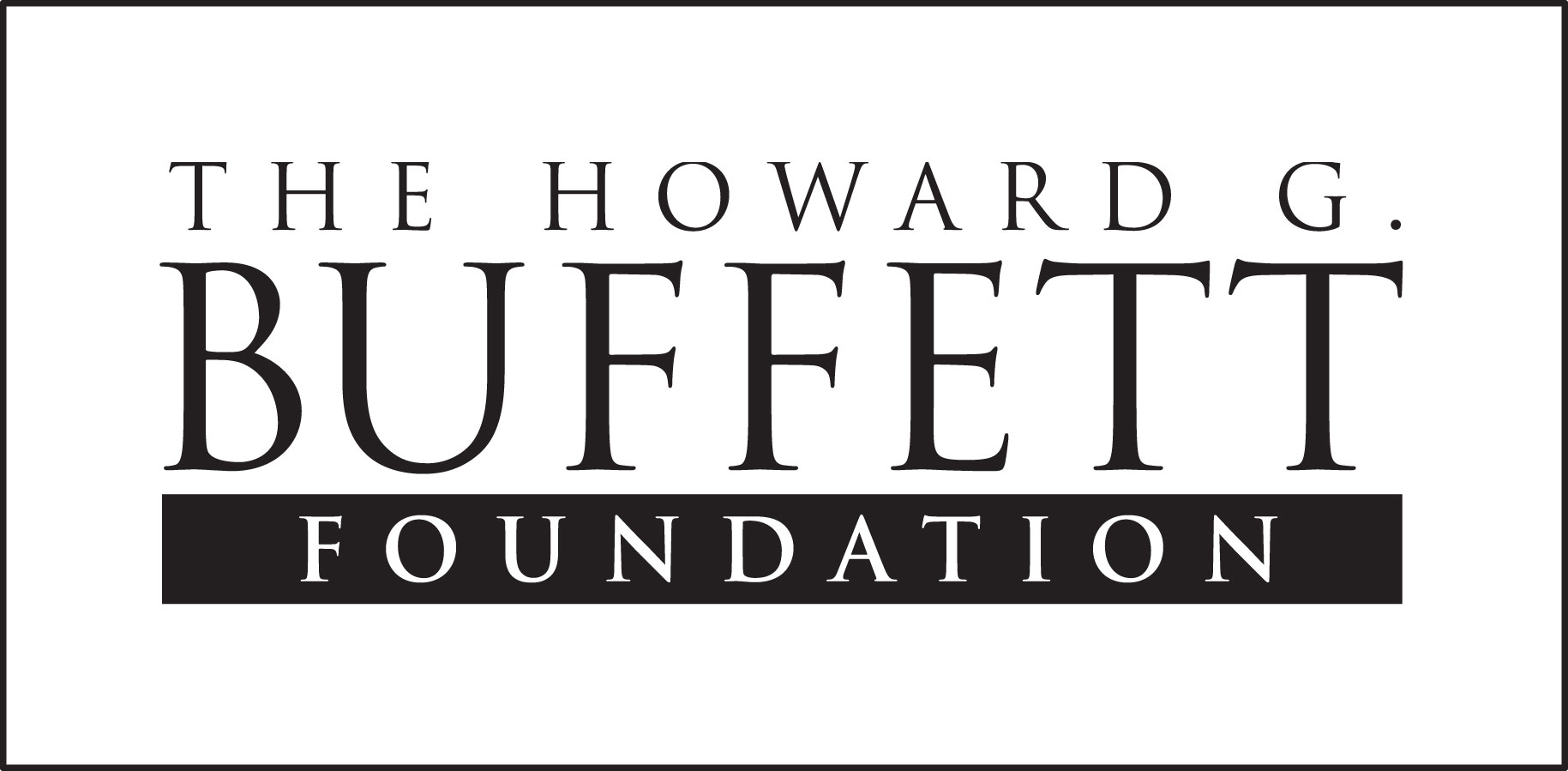 |
Goddard, T., M. Zoebisch, Y. Gan, W. Ellis, A. Watson and S. Sombatpanit (Eds.). 2008. No-Till Farming Systems. Special Publication No. 3. World Association of Soil and Water Conservation, Bangkok, Thailand. ISBN: 978-974-8391-60-1 544 pages. Table of contents
This is a global collection of information presented by an array of stakeholders including farmers, extension specialists, discipline professionals and research scientists. The practice of no-tillage crop production has expanded during the last few decades. This book has a set of papers to indicate where no-till has come from and to advance the concept by sharing the latest information and knowledge from around the World. New frontiers and the most recent developments are discussed. No-till systems can contribute to carbon offsets and open up the opportunity for farmers to gain additional information to create more sustainable and productive food production systems.
|
 |
Baker, C.J. and K.E. Saxton (Eds). 2007. No-tillage Seeding in Conservation Agriculture. 2nd Edition. Food and Agriculture Organization of the United Nations, Rome and CAB International, UK. ISBN: 1-84593-116-5. 326 pages. Table of contents
This book is a much-expanded and updated edition of a previous volume, published in 1996 as "No-tillage Seeding: Science and Practice". The base objective remains to describe, in lay terms, a range of international experiments designed to examine the causes of successes and failures in no-tillage. The book summarizes the advantages and disadvantages of no tillage. It highlights the pros and cons of a range of features and options, without promoting any particular product. Topics added or covered in more detail in the second edition include: · soil carbon and how its retention or sequestration interacts with tillage and no-tillage · controlled traffic farming as an adjunct to no-tillage · comparison of the performance of generic no-tillage opener designs · the role of banding fertilizer in no-tillage · the economics of no-tillage · small-scale equipment used by poorer farmers · forage cropping by no-tillage · a method for risk assessment of different levels of machine sophistication.
|
 |
IIRR and ACT. 2005. Conservation Agriculture: A manual for farmers and extension workers in Africa. International Institute of Rural Reconstruction, Nairobi; African Conservation Tillage Network, Harare. ISBN: 9966-9705-9-2 Table of contents
This manual aims to help Africa's farmers and extension workers understand the conservation agriculture approach and choose those technologies that best suit their situation. The manual is based on the skills and experience of 90 farmers, extension personnel and scientists from 16 countries throughout Africa. It is written in clear, easy-to-understand language, and is illustrated with numerous clear line drawings. Case studies throughout the book show how farmers in different situations have put conservation agriculture into effect.
|
 |
Unger, Paul, W. 1994. Managing Agricultural Residues. Lewis Publishers, Boca Raton. ISBN: 0873717309 448 pages. Table of contents
Many agriculturalists, conservationists, and environmentalists are stressing the importance of sustaining soil productivity so that future generations will have adequate productive land on which to produce food. One significant factor affecting soil productivity is the retention of crop residues on the surface of the soil to help control soil erosion. This book provides a review of the vast amount of literature on the subject, condensing the findings in a comprehensive, easy-to-understand manner. It focuses on topics such as erosion control, crop production in systems involving surface residues, residue use for fuel and animal feed, plant pathogens, insects, soil properties, and the economics of conservation tillage.
|
 |
Rodale Institute – No-till revolution
No-till farming protects soils from erosion, builds organic matter and saves the lives of millions of earthworms every year. But weed management depends on herbicides—which are prohibited inorganic farming, cost money and can harm the environment. Jeff Moyer, farm manager at The Rodale Institute, teamed up with neighboring farmer John Brubaker in 2002 to build a front-mounted roller-crimper that can kill cover crops mechanically. To provide organic farmers a giant step forward, we are focusing on a one-pass system doing the rolling and planting at the same time. The Natural Resources Conservation Service is funding the Institute to lead a project that evaluates the potential of this tool to save time, lower costs and improve sustainability. This page describes the work of researchers and farmers here on our research farm and seven other regions around the country to learn how the roller might fit in their farming systems.
|
 |
Conservation agriculture: Case studies in Latin America and Africa
The purpose of this publication is to show how conservation agriculture can increase crop production while reducing erosion and reversing soil fertility decline, improving rural livelihoods and restoring the environment in developing countries. Soil organic matter and biological activity in the rooting zone, stimulated by continual additions of fresh organic material (crop residues and cover crops) are the basis of conservation agriculture, as described in the first chapter. A review of conservation-effective systems of land use in Africa and Latin America is used to present a set of conditions necessary for farming systems to be conservation-effective and sustainable in the long run. As described in the second chapter, these experiences have demonstrated that the development of intensive production systems in the tropics is technically feasible and economically profitable, while improving the quality of the natural resources and protecting the environment.
|
















